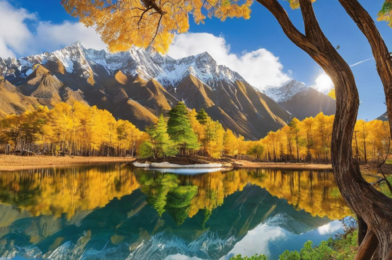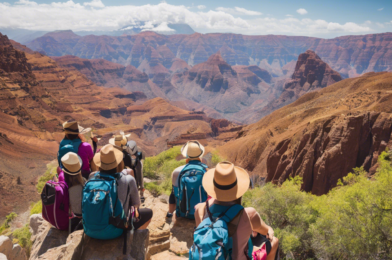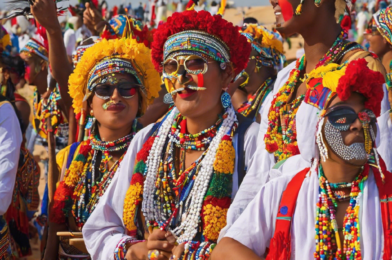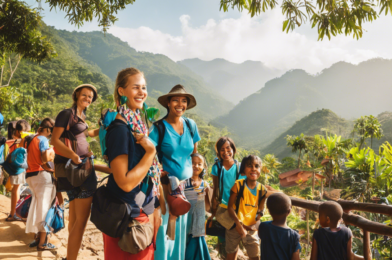From majestic mountains to pristine beaches and breathtaking wildlife encounters, our planet offers a myriad of natural wonders that will leave you in awe. If you’re a nature enthusiast or an outdoor adventurer, these bucket list destinations will surely set your heart racing.
**The Galapagos Islands, Ecuador:** This archipelago is a nature lover’s paradise, renowned for its unique and diverse ecosystem. Get up close with giant tortoises, swim with sea lions, and observe the famous Darwin’s finches. The Galapagos is a living laboratory of evolution, offering a once-in-a-lifetime experience.
**The Grand Canyon, USA:** Carved by the mighty Colorado River, the Grand Canyon is a testament to nature’s power and beauty. Hike the rim or venture into the canyon itself, where each step reveals a new perspective. The vast expanse of red rock, towering cliffs, and ancient geologic history will humble and inspire.
**The Great Barrier Reef, Australia:** As the world’s largest coral reef system, the Great Barrier Reef is a vibrant underwater paradise. Snorkel or dive amid a kaleidoscope of coral and fish, encountering sea turtles and even whale sharks. This delicate ecosystem is a reminder of the beauty and fragility of our oceans.
**Patagonia, Chile and Argentina:** Embark on an adventure to the rugged wilderness of Patagonia, where majestic peaks, glaciers, and pristine lakes await. Trek among towering mountains in Torres del Paine, or explore the Perito Moreno Glacier, one of the few advancing glaciers in the world. The raw, untouched beauty of Patagonia is truly spellbinding.
**The Amazon Rainforest, South America:** Enter the lush and mysterious Amazon, the world’s largest tropical rainforest. Cruise along snaking rivers, hike through dense foliage, and discover an incredible array of wildlife, including colorful macaws, capybaras, and the elusive jaguar. The Amazon is a biodiversity hotspot and a nature lover’s dream.
**Mount Kilimanjaro, Tanzania:** Tackle the challenging yet rewarding climb to the summit of Mount Kilimanjaro, the highest peak in Africa. Pass through lush rainforests, open grasslands, and arctic tundra on your way to the roof of Africa. The sense of accomplishment and the breathtaking views from the top are well worth the effort.
**Antarctica:** Venture to the end of the earth and experience the breathtaking beauty and isolation of Antarctica. Cruise past towering icebergs, witness playful penguins, and admire the majestic beauty of this frozen continent. Antarctica is a true wilderness, untouched by human civilization and offering a unique perspective on our planet’s fragility.
**Bali, Indonesia:** Beyond its famous beaches, Bali is a nature lover’s haven, offering lush rice terraces, majestic volcanoes, and stunning waterfalls. Trek through verdant jungles, discover hidden water palaces, and relax in natural hot springs. The island’s rich culture and spiritual heritage add a unique dimension to the natural wonders it offers.









